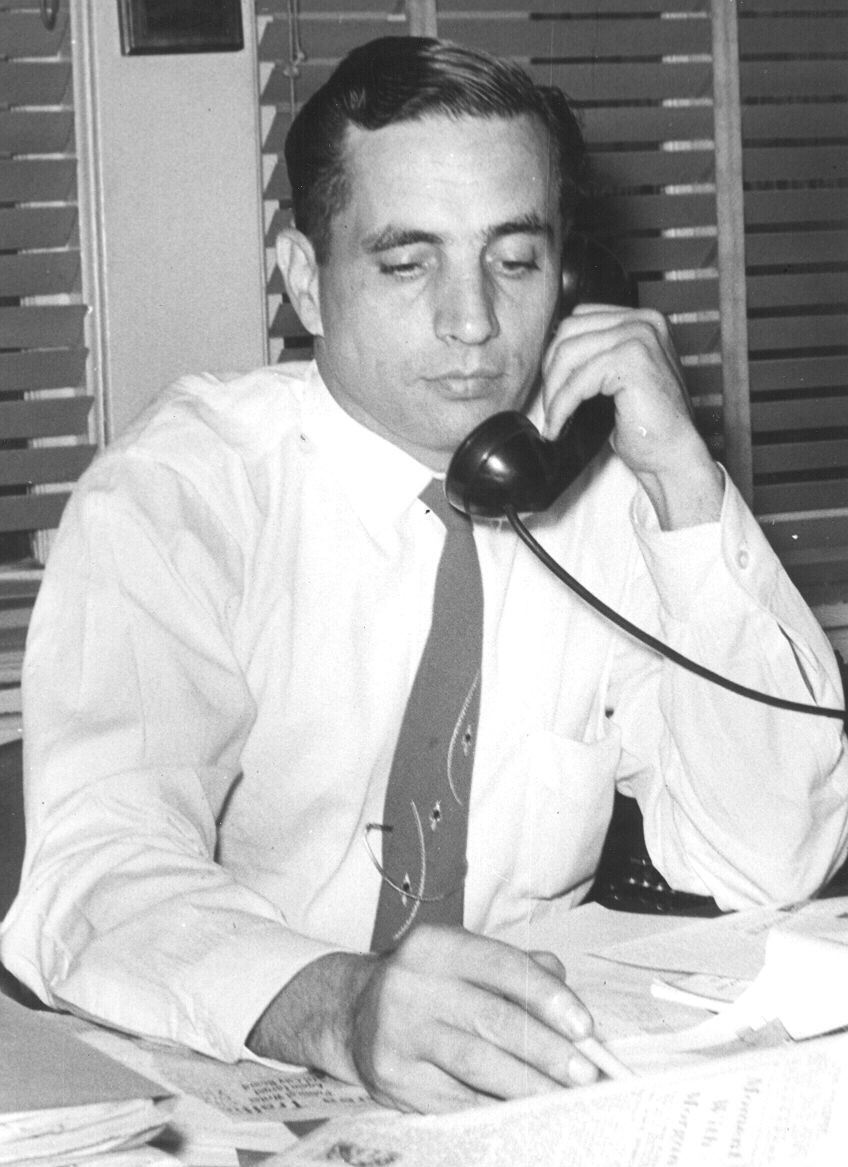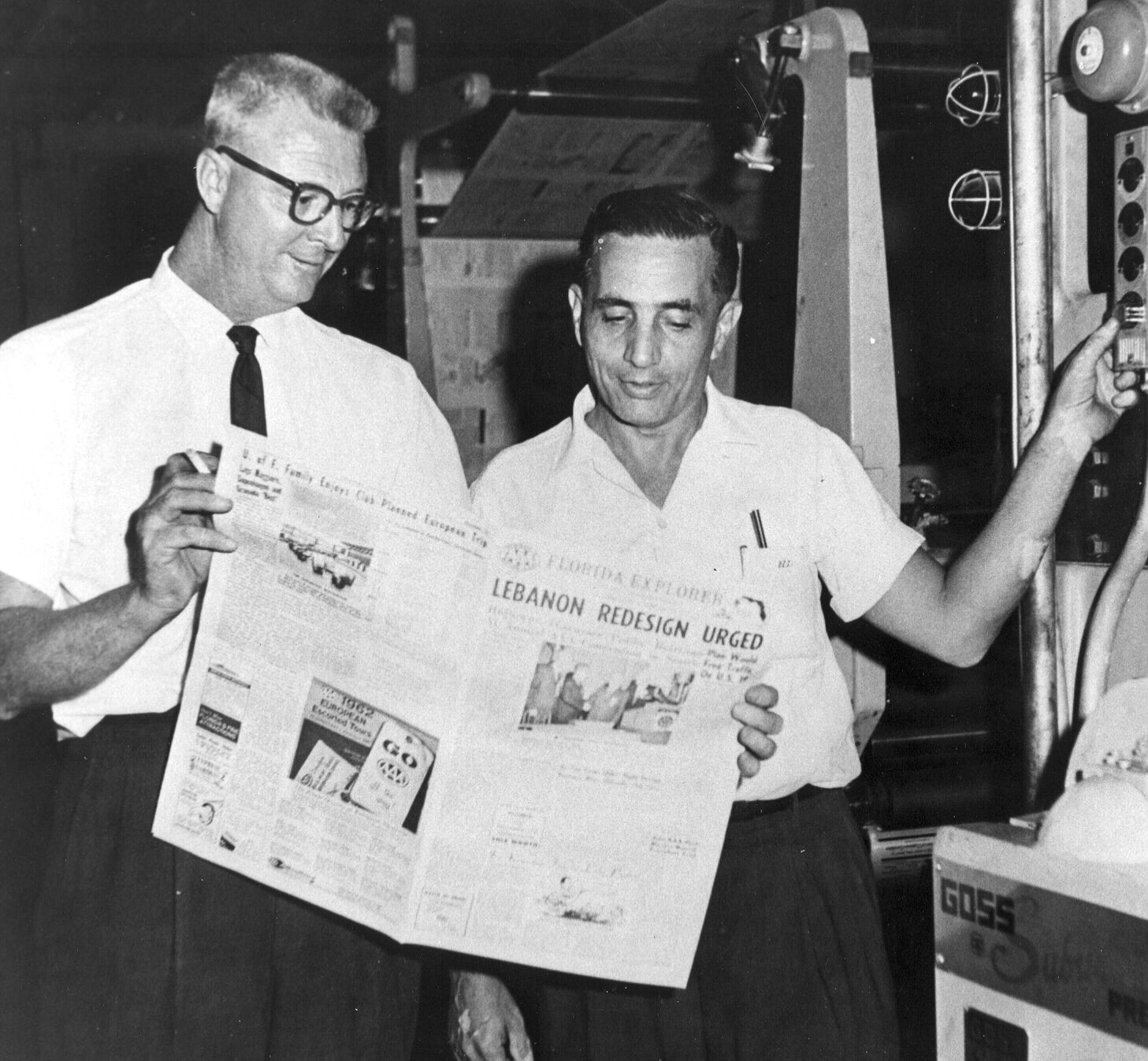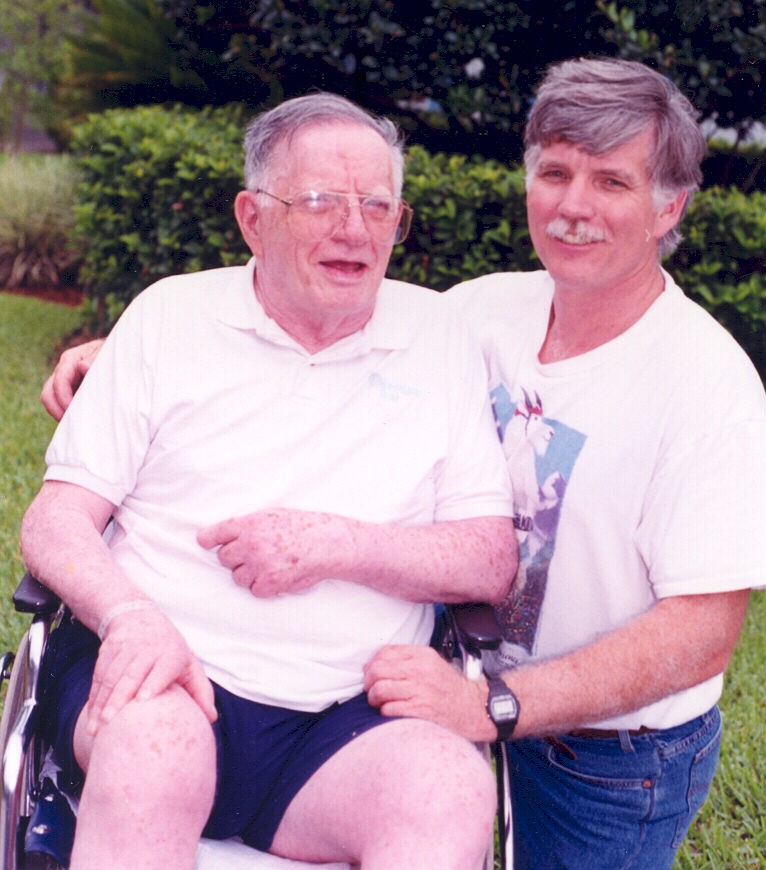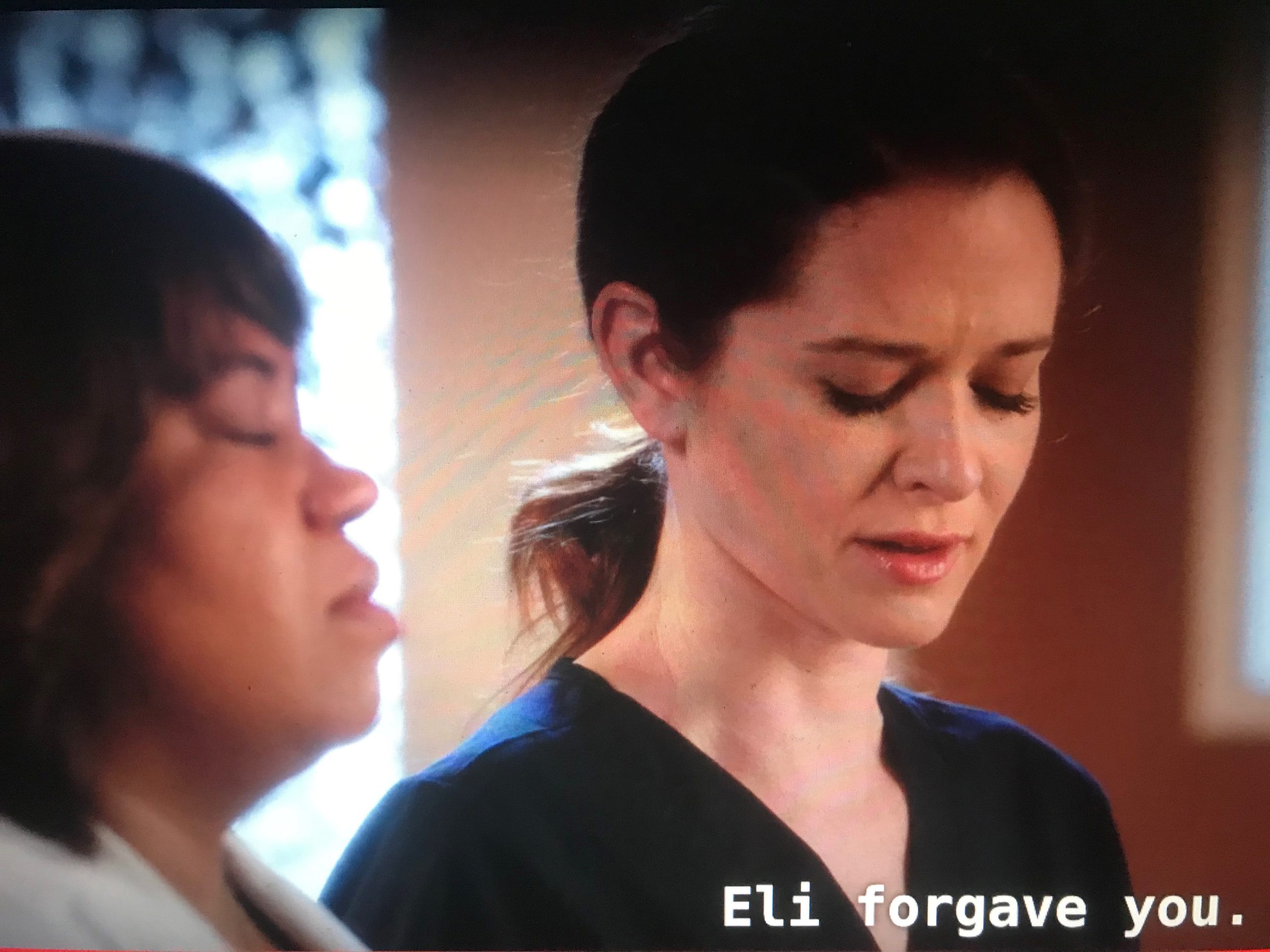Picture yourself at a restaurant with family and friends. The server places plates of delicious-looking food in front of everyone. Then one of your table companions says, “WAIT, WAIT, NOBODY EAT. I HAVE TO TAKE PICTURES.”
Then she takes out her phone, photographs each plate, and posts them to Instagram and/or Facebook.
When this happens to me, I think, “Oh my god! Can we just eat? Who cares what we are eating??”
The curse of social media: Every event is a photo op
Three years ago, we were living in Florida and my daughter was home on break. Out of the blue she says, “Hey. Let’s go for a walk on the beach.” I was so flattered that my college-aged kid would want to spend time with me. And as a bonus, I could get in a little cardio.
So, we drive over to Jupiter Island, park the car in the parking lot, and start walking north away from the crowds. After about a hundred yards she hands me her phone and asks, “Would you take my picture?”
Sure. No problem.
After about ten shots I hand her the phone. She looks at the photos and says, “Take some with more beach in the background.”
I do. Hand her the phone. She looks at them and says, “Maybe you should stand farther back.”
I do. My cardio op has now become my daughter’s photo op.
Photo ops in the swamp
In December, I posted a blog about my love of paddling in swamps. I really do love swamps. I was disappointed in my last trip to the Chakchiuma Swamp in nearby Grenada, Mississippi. This was back in the fall and we had gone through a dry spell. I could only access a small portion of the swamp for lack of water.
For a couple of months, I have been looking for several days of rain followed by a sunny morning. Last Wednesday was the day even though it was to be 32 degrees at my preferred launch time of sunrise.
It was all I had hoped for. Still water. The rising sun struggling to penetrate the fog. Quiet.
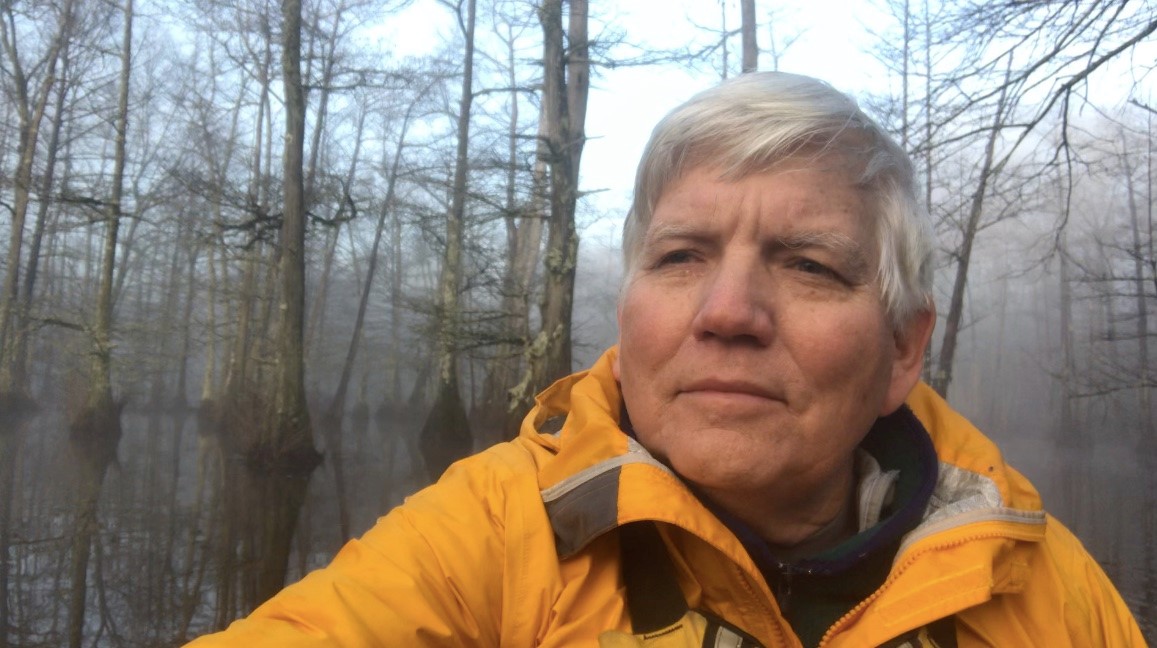
I had been thinking of a video I could make while paddling in this idyllic setting. I have been trying to increase my own social media presence by posting short videos on YouTube and Facebook. My plan was to condense that blog post by recording myself sharing my thoughts while paddling. So, I set up my tripod and mounted my phone.
I shot a video. And another. And another. And many more takes saying pretty much the same thing each time. Most were two minutes, but I shot five that were less than a minute so I could post one on Instagram. I shot seventeen videos in one hour and twenty-five minutes. I added up the times of each video and it came to a total twenty-seven minutes.
My many selves
Almost fifty years ago I was encouraged by an exercise in a book to discover my dark side, to look at my life and “Find in yourself what you criticize in another.”*
Bingo! I turned a wonderful time in the swamp into a photo op.
*From Our Many Selves: A Handbook of Self-Discovery by Elizabeth O’Connor, 1971. I wrote a previous blog about Elizabeth and the influence she had on my life.


 I have been organizing things I have written over the last 45 years or so, and they are legion. I have printed out almost 700 pages and gathered them in two-inch thick binders. In these pages I can trace my spiritual growth (or lack thereof) over those years. I wrote about family tragedies, joys, and hurts I sustained.
I have been organizing things I have written over the last 45 years or so, and they are legion. I have printed out almost 700 pages and gathered them in two-inch thick binders. In these pages I can trace my spiritual growth (or lack thereof) over those years. I wrote about family tragedies, joys, and hurts I sustained.


